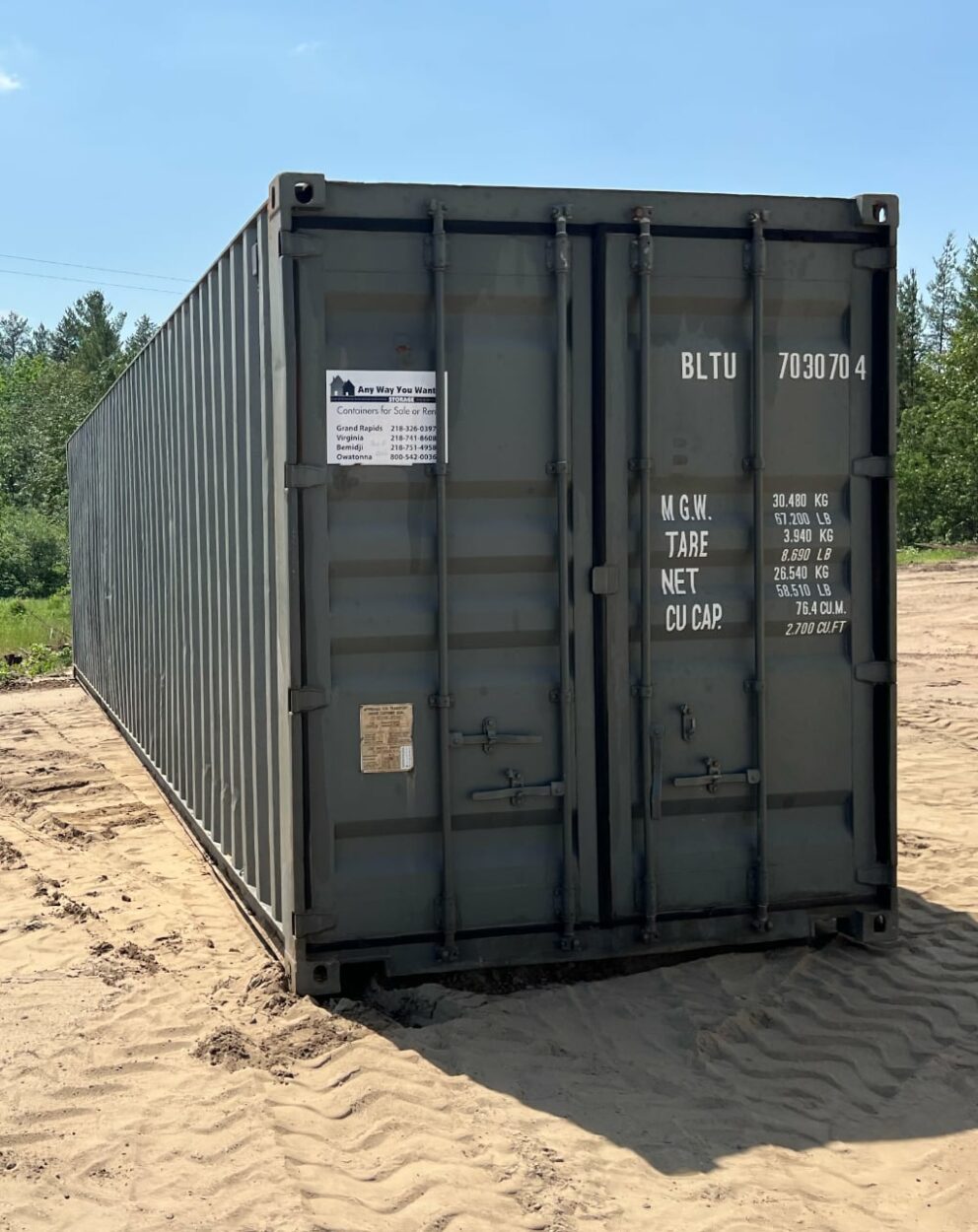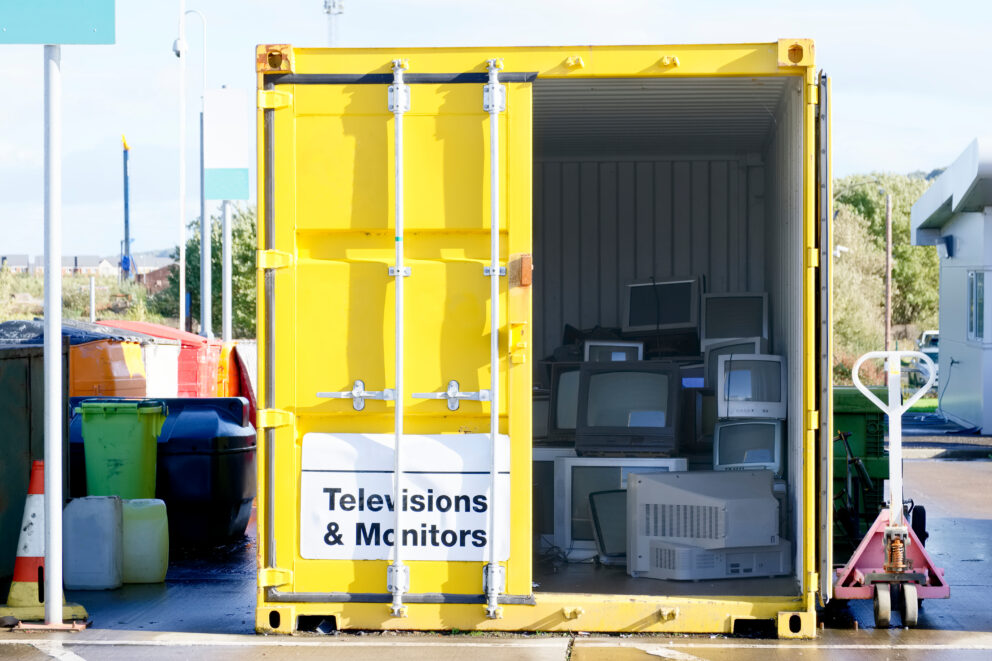Buying a shipping container can be overwhelming if you don’t know where to start. That’s why having insider tips can make a big difference. Whether you need extra storage, a mobile workspace, or a custom container for business use, knowing what to look for can save you time and money. If you’re shopping for a shipping container of any size in Grand Rapids, home to 197,000 residents, here are some expert tips to help you navigate the process.
1. Types of Shipping Containers
Before making a purchase, understand the common types of shipping containers available:
- Standard Containers: Great for general storage and shipping needs.
- High-Cube Containers: Offer extra height for larger items.
- Refrigerated Containers: Ideal for temperature-sensitive goods.
- Open-Top Containers: Suitable for oversized cargo that won’t fit through standard doors.
2. New vs. Used Containers
Decide whether to buy new or used based on your needs:
- New Containers: Offer maximum durability and no previous wear.
- Used Containers: More budget-friendly but may have minor cosmetic issues.
3. Budget Considerations
Shipping container prices can vary depending on:
- Size: Larger containers like 20-foot or 40-foot units tend to be more cost-effective per square foot.
- Condition: New containers are pricier but last longer, while used containers offer savings with some trade-offs.
- Customization: Modifications like windows, doors, and paint jobs add to the total cost.
4. Prep Your Delivery Site in Advance
Before purchasing a shipping container and scheduling delivery in Grand Rapids, consider these important site preparation steps:
- Check for Overhead Obstructions: Ensure there are no cables, tree branches, or other obstacles that could block the delivery truck.
- Provide Adequate Space: The delivery truck typically measures about 60 feet long, so make sure there’s enough room to maneuver.
- Ensure Ground Stability: The area should be firm and stable. Avoid wet grass or muddy spots to prevent the container or truck from sinking.
- Clear Access Points: Remove parked cars or other objects that could hinder access.
- Plan for Obstacles: If the container needs to be lifted over barriers like walls or hedges, inform the container provider ahead of time to arrange for specialized equipment.
5. Bigger Containers May Be More Cost-Effective
It may seem counterintuitive, but larger containers can be more budget-friendly. For example, 10-foot containers are not standard sizes and are often cut down from 20-foot units, requiring extra labor and repainting. This customization can drive up the price, making standard 20-foot or 40-foot containers a better value.
6. Prevent Rust for a Longer Lifespan
Rust can compromise a shipping container’s structural integrity. When buying a used container, inspect for corrosion. To keep rust at bay:
- Inspect for Surface Rust: Small rust patches are normal on used containers but should be treated promptly.
- Repaint as Needed: Use high-quality, thick paint for long-lasting protection.
- Check for Advanced Rust: If rust has progressed beyond the surface level, it can cause holes in the steel, signaling more serious damage.
7. Inspect the Container’s Flooring
The container’s floor condition reveals a lot about its overall state. Pay attention to:
- Steel Cross Members: They should be sturdy enough to support forklift handling without bending.
- Wood Floors: They should be free from warping, water damage, or softness.
- Spongy or Bowing Floors: These are warning signs that the cross members or plywood may have rotted due to moisture.
Contact Any Way You Want It Moving and Storage
Ready to get the perfect shipping container for your needs? Our experts at Any Way You Want It Moving and Storage are here to help every step of the way. Call us today for a free quote and personalized service. Visit us at 1881 E Highway 2, Grand Rapids, MN, or reach out online to get started!





